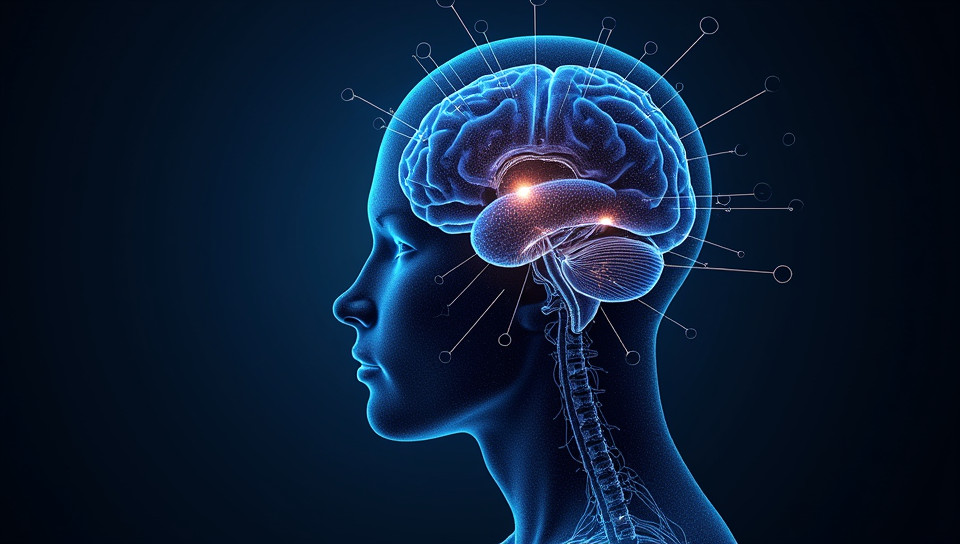Optogenetics is ineffective for deep brain region stimulation 65%

Optogenetics: A Fading Light in Deep Brain Region Stimulation?
As researchers continue to push the boundaries of neuroscience, one technique has been gaining significant attention: optogenetics. This innovative approach uses light to manipulate specific cells within the brain, offering a promising solution for treating various neurological disorders. However, despite its potential, optogenetics has been met with criticism regarding its efficacy in deep brain region stimulation.
Limitations of Optogenetics
While optogenetics has shown promise in surface-level applications, such as controlling neurons in the cortex, its effectiveness dwindles when it comes to targeting deeper regions within the brain. This is due to several factors that hinder the penetration of light into these areas.
- Light absorption and scattering by brain tissue
- Limited depth of light penetration
- Inconsistent expression of optogenetic proteins
Challenges in Deep Brain Region Stimulation
The complexities of the brain make it difficult for optogenetics to effectively target specific regions, especially those deep within. The intricate network of neurons, glial cells, and blood vessels creates a challenging environment for light to reach its intended destination.
- Complexity of neural circuits
- Variability in brain structure across individuals
- Difficulty in targeting specific cell types
Alternative Solutions
While optogenetics may not be the solution for deep brain region stimulation, other techniques are emerging as potential alternatives. These include:
- Electrophysiology-based approaches, such as deep brain stimulation (DBS)
- Gene therapy and viral vector delivery systems
- New optogenetic tools with improved light penetration capabilities
Conclusion
In conclusion, while optogenetics has shown promise in surface-level applications, its limitations become apparent when attempting to target deeper regions within the brain. As researchers continue to explore new techniques for deep brain region stimulation, it is essential to recognize the limitations of optogenetics and consider alternative approaches that can effectively reach and manipulate specific cells within these complex neural networks.
- Created by: Adriana Silva
- Created at: Dec. 27, 2024, 3:18 p.m.
- ID: 17174









